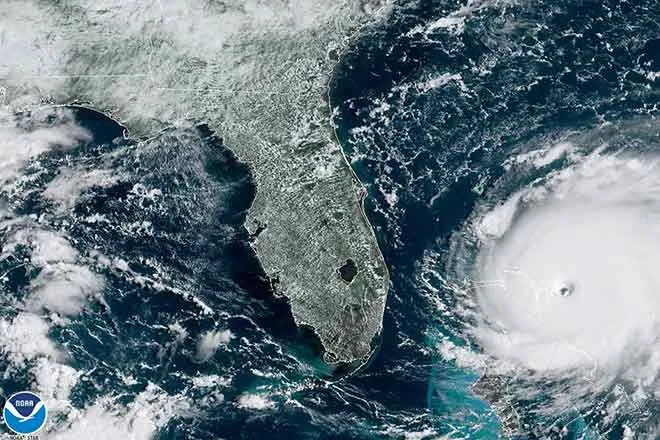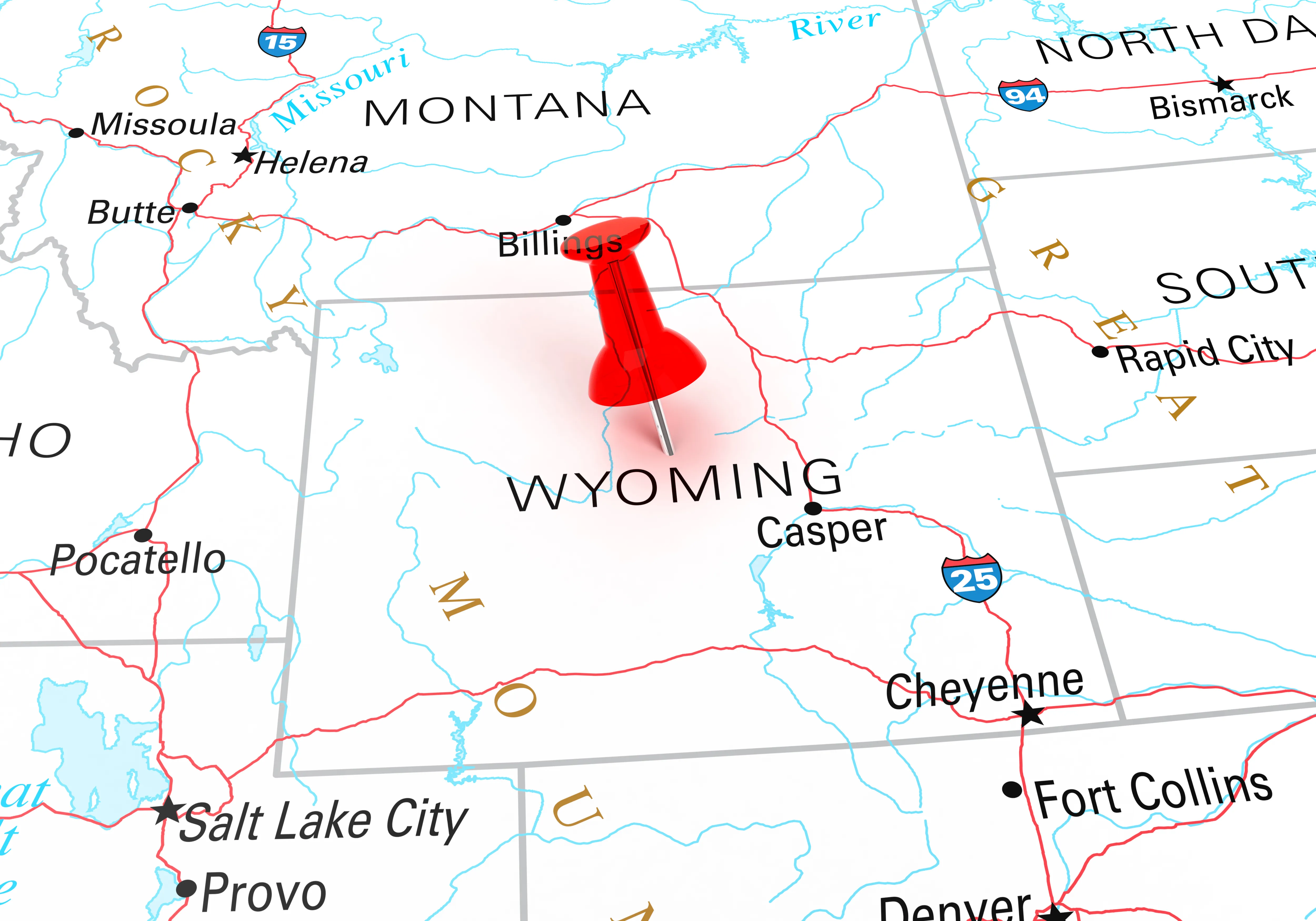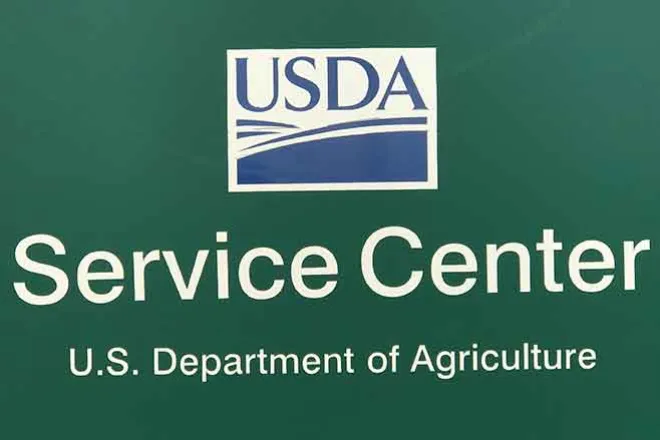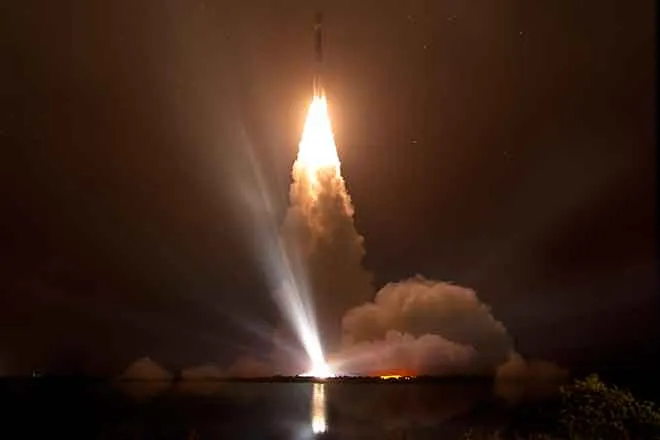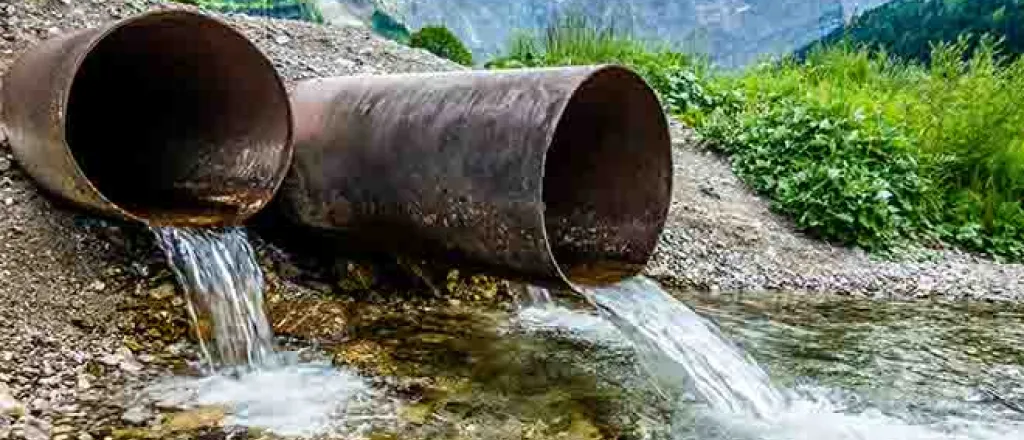
Expert: Using less water may improve water quality
(Ohio News Connection) The process of cleaning water so humans can use it is demanding. Organizations such as the Ohio EPA operate to certify the water quality is drinkable and usable for our daily tasks.
But as citizens, we are also responsible for how much water we waste and must be mindful of how water conservation is important for the environment.
The passage of the Clean Water Act in 1972 improved water quality. However, experts say improvements have stalled - and how much water we waste may make it harder to start improving again.
"We are really cautious about saying that water quality still doesn't have room for improvement," said Rich Cogen, executive director of the Ohio River Foundation.
Columbus supplies more than 51 billion gallons of water annually to 1.25 million people. The average person in the city uses about 112 gallons per day.
According to the U.S. EPA, the average American household uses more than 300 gallons of water per day.
"Household use of water, many times, is the way that most people will waste water," said Lydia Rose, an associate sociology professor at Kent State and environmental sociologist.
In 2014, 40 states told the federal government they expected water shortages in the coming decade. Rose said many of us no longer think of water as "precious," but humans rely on less than 1 percent of the water on the planet to support people and animals.
"We sometimes don't think of how precious this water is as a resource," Rose said. "There's only so much water on our planet. When we waste it, when we don't take care of it - in terms of making sure that sewage doesn't contaminate our waters - we can really run into some big problems in some communities where water is a scarce resource."
Cogen said the more water we use, the more wastewater we create.
Wastewater can take two forms: direct sanitary sewage from houses and offices; and stormwater runoff, which comes from streets and lawns and may contain pesticides, herbicide or pollution from vehicles.
That wastewater must be treated by utilities before it can then be discharged into our waterways. So, the cost and expense of treating water are proportional to the amount of wastewater we create.
"The way that converges - if we were to use less water in our homes and our businesses and they were able to treat and handle that lower volume of wastewater, then they would be better able also to treat the volume of water that they get in stormwater runoff or even the runoff from our lawns when we water our lawns," Cogen said. "So the less water we use can translate into better treatment at the utility of the wastewater that it receives."
The volume of wastewater the utility receives is not necessarily released to waterways in pristine condition. Instead, wastewater is allowed to be released into the waterway with small amounts of pollution, as long as it meets certain water quality criteria.
"If, in fact, we're able to use less wastewater and send less wastewater to that utility for treatment, then it will then discharge a lower volume of wastewater to the receiving water," Cogen said.
Cogen said that when it rains, then utilities may have to release some untreated wastewater because they can't handle both the wastewater and stormwater at the same time. These releases are known as combined sewer overflows.
"These combined sewer overflows are still very prevalent in many of our cities in the Ohio River watershed," Cogen said. "We're talking about billions of gallons a year flowing into these receiving waters."
The importance of water goes beyond individuals conserving water at home. Cities and builders need to manage the use of water when developing land as well, Cogen said.
"We have to be cognizant of the impact - the increased water usage and thereby increased wastewater discharge that we are asking our utilities to handle go hand in hand," Cogen said. "It's not to say that we should avoid development, but we... should be definitely redeveloping sites as opposed to developing new sites [of watershed]. We also could reduce the amount of water that we use through the implementation of better landscapes that require less water."
Cogen gave the example of Cincinnati, where some residents have torn out their lawns or begun relying on rainwater to water them. They also put in trees, bushes and plants that require less watering and less maintenance than a lawn would require.
Another example is installing more efficient showers and toilets.
"Technology has definitely improved over the last five or 10 years concerning toilets and showerheads," Cogen said. "People should take a look at those options, which are also cost-effective for them."
Even these small steps lead us to a more sustainable society, Rose said.
"The term 'sustainability' is really about making sure that we have what we need to survive in the long run and not overuse," Rose said. "If we're going to tie sustainability and water use together, we have to be mindful of how we're using water and where it is that we can conserve that water so that the next generations will have the water that they need, particularly in communities where water is very scarce."
At the state level, H2Ohio is a comprehensive water quality effort that was introduced by Gov. Mike DeWine in 2019 and is attempting to systematically address water issues that have been accumulating in Ohio for decades.
These issues include lead pollution from outdated water pipes and fixtures, dangerous algal blooms on Lake Erie brought on by phosphorus runoff from farm fertilizer, failing drinking water, wastewater, and household sewage treatment systems, and more.
"Each of these major issues impacts water quality in a negative way," Ohio EPA spokesperson Anthony Chenault said in an email. "By focusing on correcting these issues, water quality will continue to improve."

